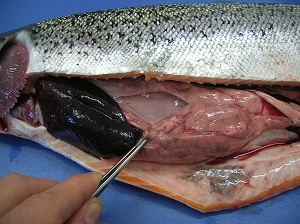Just recently, I watched a presentation on Urthecast. It blew me away. “By developing the first high-definition streaming video platform of Earth, UrtheCast plans to change the way we view the world” and they will. The global population, web surfers, smartphone users, agriculturists, adults, kids, and in general everyone, will be able to watch live events unfold in real time. The positive feedback that UrtheCast will receive will be endless. From serving as an educational tool to providing environmental monitoring services and humanitarian relief organizations with an extra tool in their relief fund; UrtheCast will revolutionize our world.
However, behind all the new advancements UrtheCast is bringing the world; have we gone too far? UrtheCast will produce “a longitudinal look at various locations (that will be imaged about 16 times/day)“. It’s as if we no longer have a say in our privacy. The UrtheCast camera will produce high quality images that can make large objects and groups of people recognizable as explained by this video, Orbit of ISS & Cameras. The only places that we will be rest assured that we aren’t being filmed is under the roofs of our houses or other sheltered areas. So what about when we are outside? The ground pixel size is near 1.1 metres.
To ensure our privacy; are we expected to check every single time the UrtheCast will be filming over our region so that we will know to stay indoors then? As if reality tv wasn’t enough. It seems that UrtheCast will transform this whole world into one big reality tv show. I understand the use of UrtheCast for educational purposes and for government data; however I do not fully understand and agree with allowing this data to go public.



















